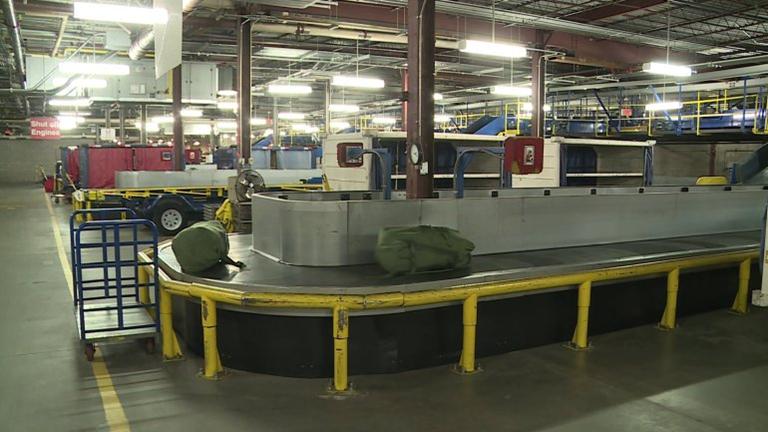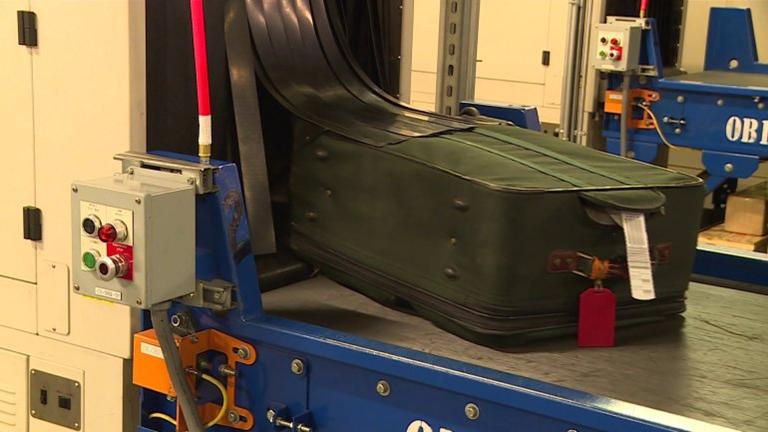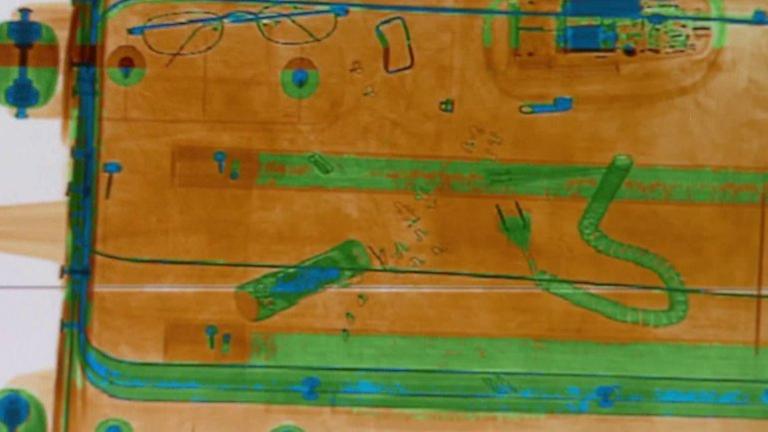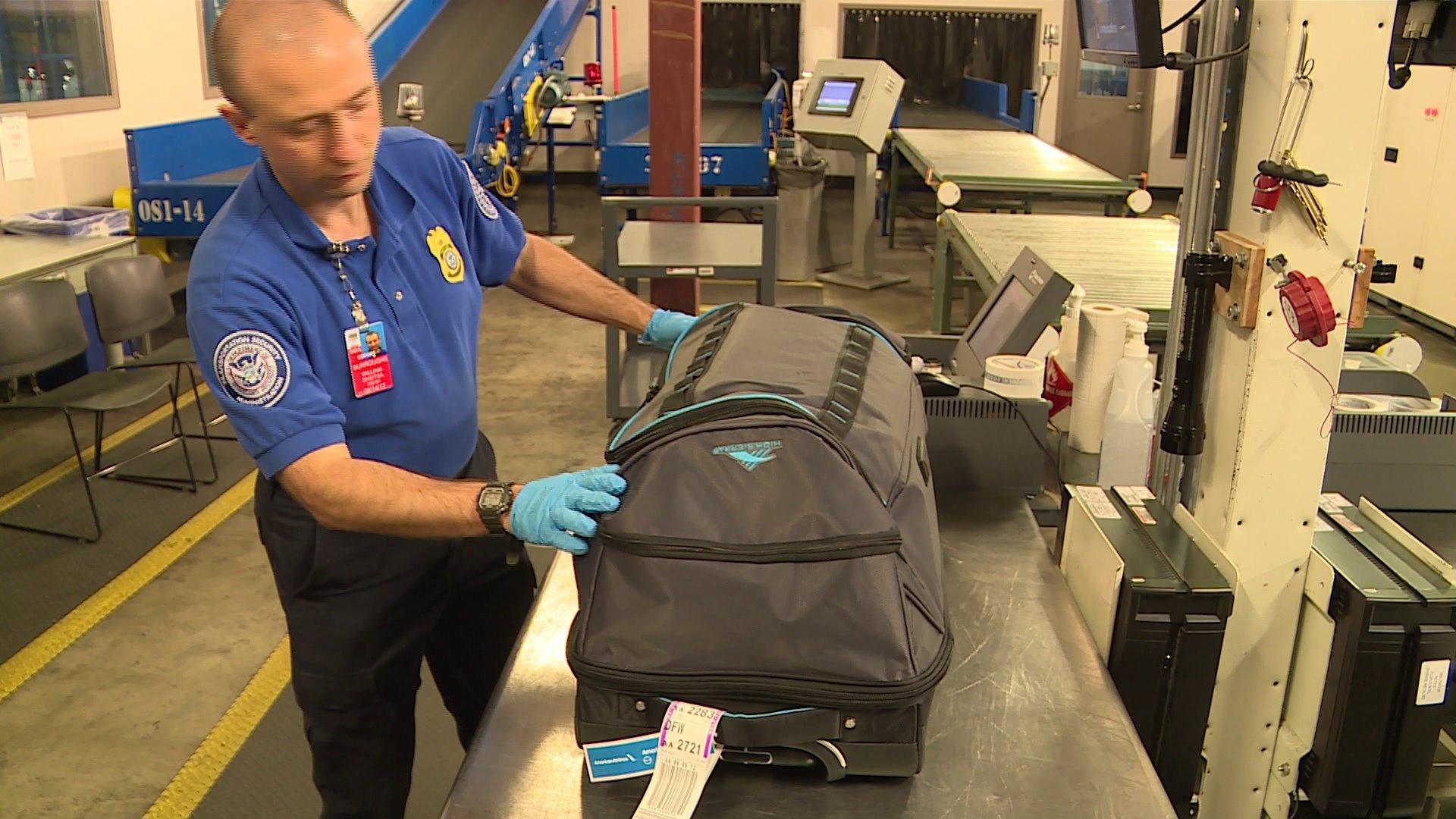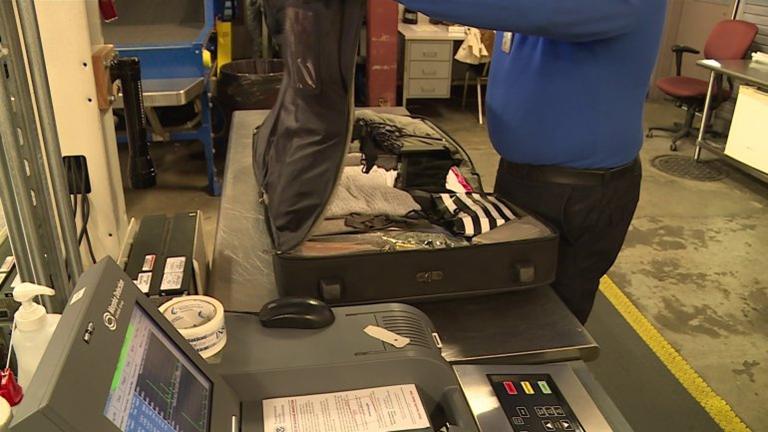
Richmond International Airport Baggage Screening
PROJECT SITE
Richmond International Airport
Baggage Screening Design
Richmond, Virginia
POSITION
Project Architect
FIRM
Leo A Daly
PROJECT STATISTICS
Cost Of Construction = $10 MILLION
DESCRIPTION
This project required close coordination with baggage handling consultants Ross & Beruzzini and it also required coordination with other airport architects to implement the 100% redesign of the existing baggage handling system to meet the new checked baggage screening requirements set forth by the FAA and DOA. Significant attention was also paid to the structural systems as the new bag belts to be added far exceeded existing conditions and what the original structure had been designed for. This project was awarded as a direct result from the efforts that had been made during the previous security checkpoint expansion project.
The Transportation Security Administration (TSA) is the first line of defense against terrorism at our nation’s airports. While it’s easy to see what they’re doing at security checkpoints, it’s what’s happening underground, that for many, remains a mystery…
At RIC, 100 percent of the bags coming through are screened. Here’s the process:
Step 1: X-ray check
The x-ray check is step one of a three part process in which the TSA uses a state of the art automated network of explosive detection systems.
The In-line system as it’s known is pretty sophisticated.
Checked bags travel from the ticket counter onto a conveyor belt through infrared lights that pick up a bar code on your luggage.
It takes five minutes for the bag to route through the whole system, if there’s nothing wrong with it.
The x-ray check leads to the system’s second line of defense.
Step 2: Visual check
TSA officers monitor x-ray images of checked bags, in real time.
It’s put on a screen and they make a resolution if it’s safe or if the bag requires further inspection.
The third and final part of the process is the physical check.
Step 3: Physical check
When TSA officers need to do a physical inspection it happens during this step.
The officer swabs for explosive materials and then checks for any tampering. Once an alarm beeps that means the items are safe.
The bag is put back through the system again before it heads to the plane.
If your bag goes through this step, TSA officers will leave a note informing you that it was physically inspected.
TSA officials said even some larger airports like Reagan National are not equipped with this hi-tech system.
He said this makes it more difficult than ever for dangerous luggage to board a flight.
The In-line system was implemented at RIC in 2006 while the airport was undergoing major renovations, at a cost of $10 million.


